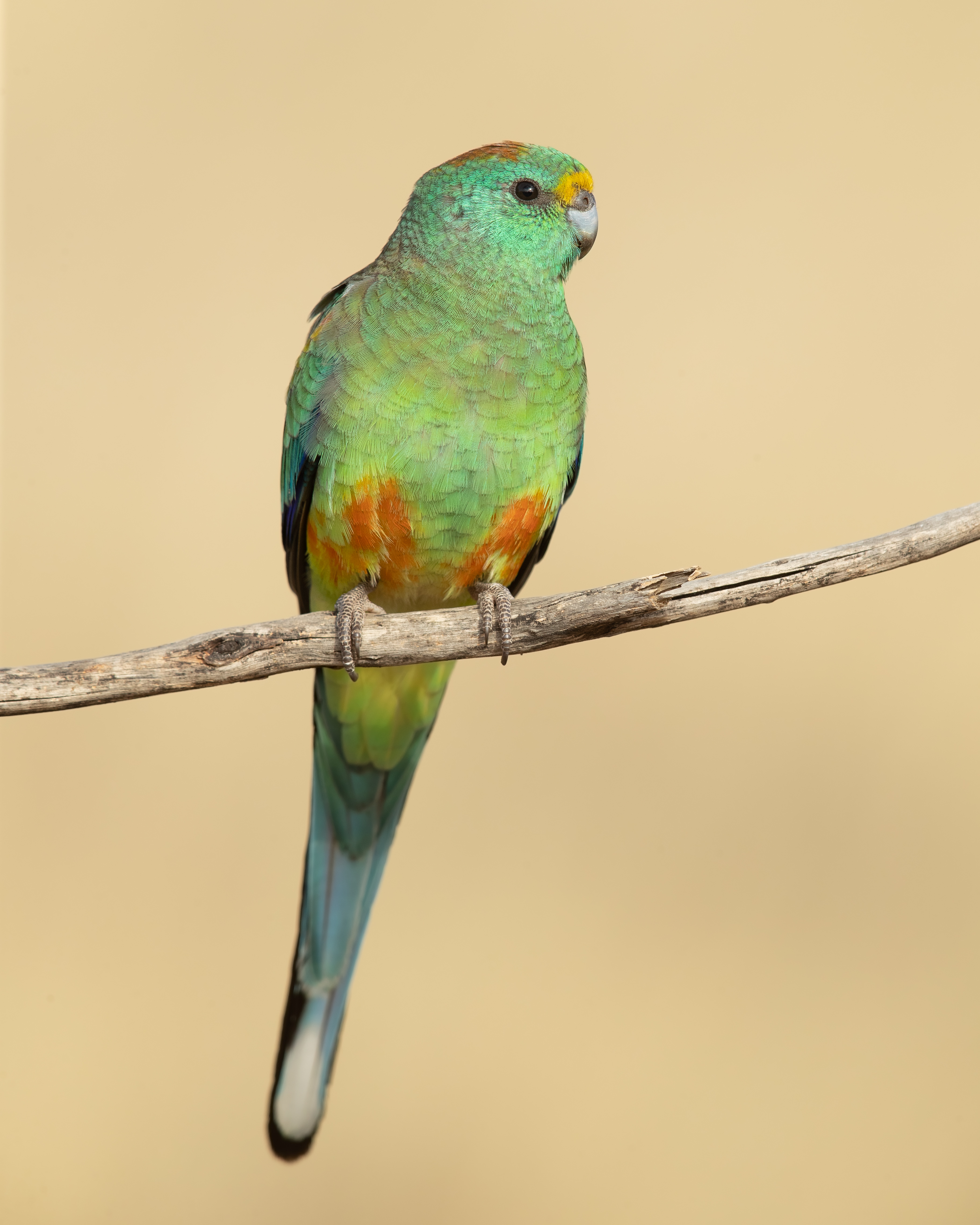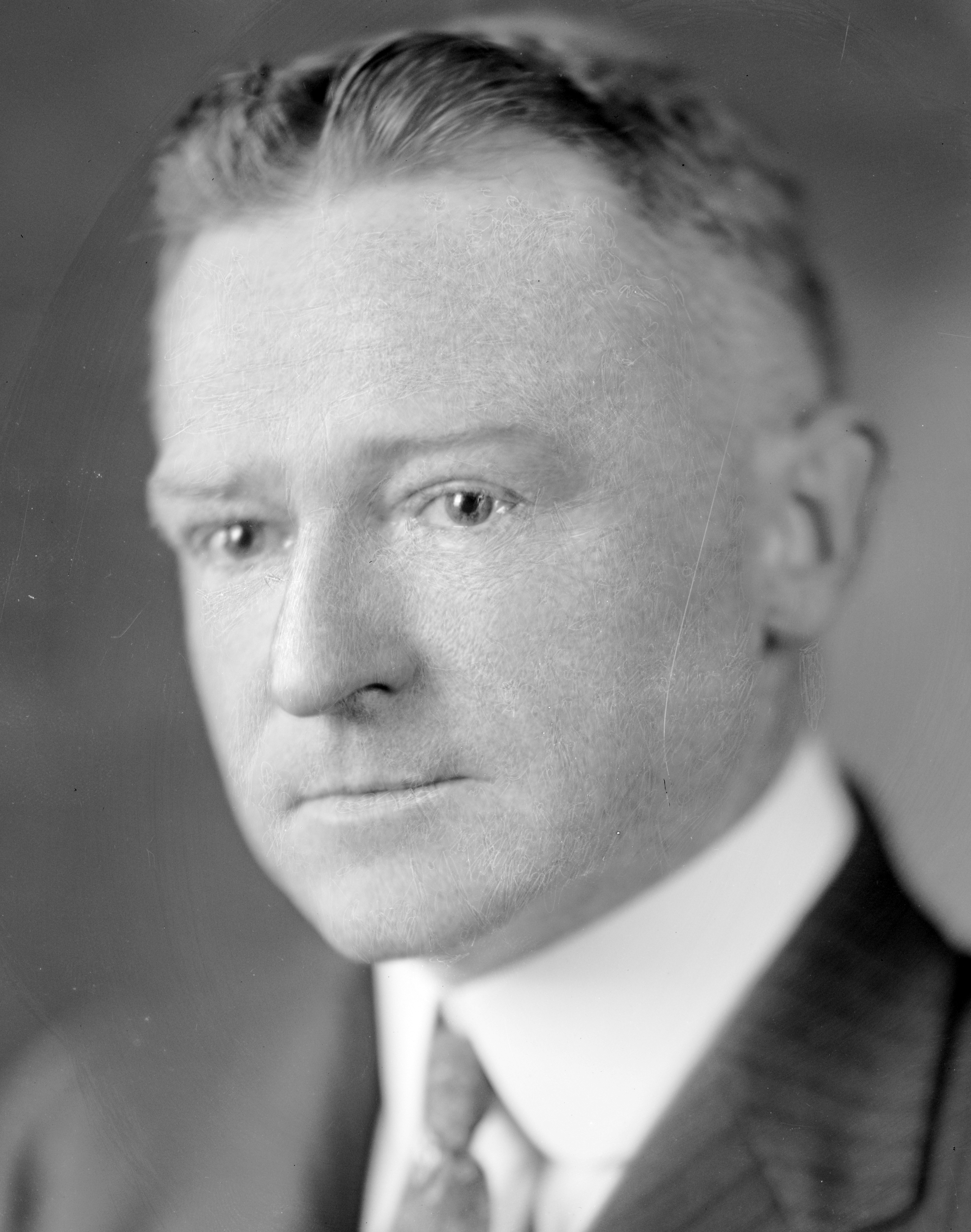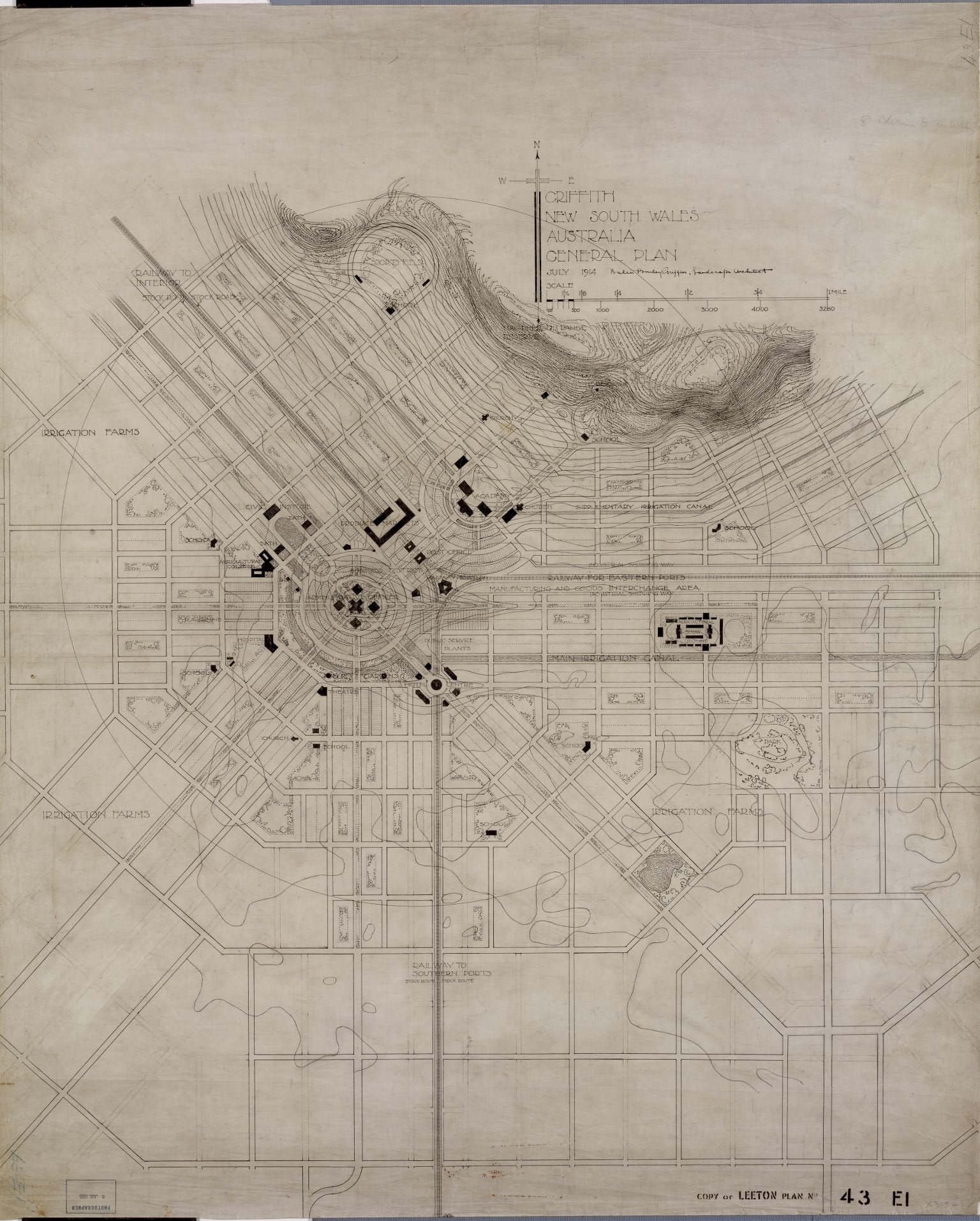|
Mulga Parrot
The mulga parrot (''Psephotellus varius'') is endemic to arid scrublands and lightly timbered grasslands in the interior of southern Australia. The male mulga parrot is multicolored, from which the older common name of many-coloured parrot is derived. Taxonomy The mulga parrot was given its current scientific name of ''Psephotellus varius'' by American zoologist Austin Hobart Clark in 1910, after its name ''Psephotus multicolor'' was ruled invalid as the original combination (''Psittacus multicolor'') had been used for another species. Gregory Mathews proposed the name ''Psephotus dulciei'' in 1911 for the same reason, unaware of Clark's proposal, which was published earlier and hence had priority. Mathews described two additional subspecies of mulga parrot in 1912: ''P. varius rosinae'', from a specimen collected from Yorke Peninsula, noting that it had less red on the abdomen and its upper breast was a darker green, and ''P. varius exsul'' from a specimen from Mount Magnet in ... [...More Info...] [...Related Items...] OR: [Wikipedia] [Google] [Baidu] |
Austin Hobart Clark
Austin Hobart Clark (December 17, 1880 – October 28, 1954) was an American zoologist. He was born in Wellesley, Massachusetts and died in Washington, D.C. His research covered a wide range of topics including oceanography, marine biology, ornithology, and entomology. Biography The son of Theodore Minot Clark and Jeannette French Clark, Clark obtained his Bachelor of Arts at Harvard University in 1903. He had five children with his first wife Mary Wendell Upham, whom he married on March 6, 1906. Mary died in December 1931 and Clark was remarried in 1933 to Leila Gay Forbes. In 1901, Clark organized a scientific expedition to Isla Margarita in Venezuela. From 1903 to 1905, he conducted research in the Antilles. From 1906 to 1907, he led a scientific team aboard the 1882 USS ''Albatross''. In 1908, he took a post at the National Museum of Natural History, which he held until his retirement in 1950. Clark had important and various roles in a number of learned societies: t ... [...More Info...] [...Related Items...] OR: [Wikipedia] [Google] [Baidu] |
Allen's Rule
Allen's rule is an ecogeographical rule formulated by Joel Asaph Allen in 1877, broadly stating that animals adapted to cold climates have thicker limbs and bodily appendages than animals adapted to warm climates. More specifically, it states that the body surface-area-to-volume ratio for homeothermic animals varies with the average temperature of the habitat to which they are adapted (i.e. the ratio is low in cold climates and high in hot climates). Explanation Allen's rule predicts that endothermic animals with the same body volume should have different surface areas that will either aid or impede their heat dissipation. Because animals living in cold climates need to conserve as much heat as possible, Allen's rule predicts that they should have evolved comparatively low surface area-to-volume ratios to minimize the surface area by which they dissipate heat, allowing them to retain more heat. For animals living in warm climates, Allen's rule predicts the opposite: that they shou ... [...More Info...] [...Related Items...] OR: [Wikipedia] [Google] [Baidu] |
Endemic Birds Of Australia
This article is one of a series providing information about endemism among birds in the world's various zoogeographic zones. For an overview of this subject see Endemism in birds. Patterns of endemism Family-level endemism is prominent in Australia. The Australasian biogeographic region has the highest number of endemic families of any zoogeographic region except the Neotropics, and many of these families are endemic to Australia itself — the country therefore stakes a strong claim to be the world's greatest hotspot of bird endemism. Australian endemic and near-endemic families The Australian endemic families are: * Emu (Dromaiidae), a well-known monotypic family; the emu is found in rural areas throughout the continent * Plains-wanderer (Pedionomidae), a monotypic family; plains-wanderer is restricted to arid inland areas in the southeast of Australia * Lyrebirds (Menuridae), two forest-dwelling species of southeast Australia * Scrub-birds (Atrichornithidae), two fore ... [...More Info...] [...Related Items...] OR: [Wikipedia] [Google] [Baidu] |
Psephotellus
''Psephotellus'' is a genus of medium sized Australian parrots. Four species found across the country are recognised, one is presumed to have become extinct. Description All species show considerable sexual dimorphism. These species have traditionally been placed in the genus ''Psephotus'' along with the red-rumped parrot, but a molecular study analysing nuclear and mitochondrial DNA found that the red-rumped parrot was an early offshoot in a clade of several genera of broad-tailed parrot, with the other species nested deeply within. Taxonomy The genus was first proposed by Gregory Mathews Gregory Macalister Mathews CBE FRSE FZS FLS (10 September 1876 – 27 March 1949) was an Australian-born amateur ornithologist who spent most of his later life in England. Life He was born in Biamble in New South Wales the son of Robert H. M ... in 1913, nominating the paradise parrot ''Platycercus pulcherrimus'' Gould as the type and forming a new combination as ''Psephotellus ... [...More Info...] [...Related Items...] OR: [Wikipedia] [Google] [Baidu] |
Griffith, New South Wales
Griffith is a major regional city in the Murrumbidgee Irrigation Area that is located in the north-western part of the Riverina region of New South Wales, known commonly as the food bowl of Australia. It is also the seat of the City of Griffith local government area. Like the Australian capital, Canberra, and extensions to the nearby town of Leeton, Griffith was designed by Walter Burley Griffin and Marion Mahony Griffin. Griffith was named after Arthur Hill Griffith, the then New South Wales Secretary for Public Works. Griffith was proclaimed a city in 1987, and had a population of 20,251 Estimated resident population, 30 June 2018. in June 2018. It can be accessed by road from Sydney and Canberra via the Hume Highway and the Burley Griffin Way and from Melbourne, via the Newell Highway and either by using the Kidman Way or the Irrigation Way. Griffith can be accessed from other places like Adelaide, Orange, and Bathurst through the Mid-Western Highway and the Rankins Spri ... [...More Info...] [...Related Items...] OR: [Wikipedia] [Google] [Baidu] |
West Wyalong
West Wyalong is the main town of the Bland Shire in the Riverina region of New South Wales, Australia. Located west of Sydney and above sea level, it is situated on the crossroads of the Newell Highway between Melbourne and Brisbane, and the Mid-Western Highway between Sydney and Adelaide. The West Wyalong district is the largest cereal-growing centre in NSW. Eucalyptus oil production started in 1907 and the West Wyalong area became one of the major world exporters of the product. History The Wiradjuri people were the first to inhabit this region. (Wiradjuri northern dialect pronunciation iraːjd̪uːraj or Wirraayjuurray people (Wiradjuri southern dialect pronunciation iraːjɟuːraj are a group of indigenous Australian Aboriginal people that were united by a common language, strong ties of kinship and survived as skilled hunter–fisher–gatherers in family groups or clans scattered throughout central New South Wales. In the 21st century, major Wiradjuri groups live ... [...More Info...] [...Related Items...] OR: [Wikipedia] [Google] [Baidu] |
Collarenebri
Collarenebri is a town in north western New South Wales, Australia. The town is in the Walgett Shire Local Government Area and is situated on the Barwon River approximately northeast of Walgett and south west of Mungindi on the Gwydir Highway. It is from Pokataroo which was the nearest railway town prior to closure of the rail service there. The town is above sea level. Collarenebri is one of three towns ending in 'BRI' in Northern New South Wales. In the 2016 census, Collarenebri had a population of 650. ''Collarenebri'' is an indigenous word of the Gamilaraay ''galariinbaraay'', meaning 'place of flowers' or 'eucalyptus blossoms'. History Yuwaalaraay (also known as ''Yuwalyai, Euahlayi, Yuwaaliyaay, Gamilaraay, Kamilaroi, Yuwaaliyaayi'') is an Australian Aboriginal language spoken on Yuwaalaraay country. The Yuwaalaraay language region includes the landscape within the local government boundaries of the Shire of Balonne, including the town of Dirranbandi as well as t ... [...More Info...] [...Related Items...] OR: [Wikipedia] [Google] [Baidu] |
Mulga Parrot Male 1 - Patchewollock
Mulga may refer to: Flora * ''Acacia aneura'' (mulga or true mulga, a shrub or tree native to Australia) ** Mulga apple, its edible gall * Any of many similar ''Acacia'' species, such as: ** '' Acacia brachystachya'' (umbrella mulga) ** ''Acacia citrinoviridis'' (black mulga) ** ''Acacia craspedocarpa'' (hop mulga) ** '' Acacia cyperophylla'' (red mulga) Fauna * Mulga parrot, a parrot of southern Australia * ''Pseudechis australis'', also known as the mulga snake * ''Pseudechis weigeli'', also known as the pygmy mulga snake * Pygmy mulga monitor, a monitor lizard native to Australia * Mulga dragon, a lizard native to Australia Places * In Australia, alternative term for the Bush or a wilderness regions; for example "up the mulga" * Mulga (habitat), an Australian woodland or open forest habitat dominated by trees of the species ''Acacia'' * Mulga Lands, an Interim Biogeographic Regionalisation for Australia region of Australia * Mulga Creek, a river of New South Wales, Australia * ... [...More Info...] [...Related Items...] OR: [Wikipedia] [Google] [Baidu] |
Red-capped Parrot
The red-capped parrot (''Purpureicephalus spurius'') is a species of broad-tailed parrot native to southwestern Australia. It was described by Heinrich Kuhl in 1820, with no subspecies recognised. It has long been classified in its own genus owing to its distinctive elongated beak, though genetic analysis shows that it lies within the lineage of the '' Psephotellus'' parrots and that its closest relative is the mulga parrot (''Psephotellus varius''). Not easily confused with other parrot species, it has a bright crimson crown, green-yellow cheeks, and a distinctive long bill. The wings, back, and long tail are dark green, and the underparts are purple-blue. The adult female is very similar though sometimes slightly duller than the male; her key distinguishing feature is a white stripe on the wing under-surface. Juveniles are predominantly green. Found in woodland and open savanna country, the red-capped parrot is predominantly herbivorous, consuming seeds, particularly of euca ... [...More Info...] [...Related Items...] OR: [Wikipedia] [Google] [Baidu] |
Gregory Mathews
Gregory Macalister Mathews Order of the British Empire, CBE FRSE FZS FLS (10 September 1876 – 27 March 1949) was an Australian-born amateur ornithologist who spent most of his later life in England. Life He was born in Biamble, New South Wales, Biamble in New South Wales the son of Robert H. Mathews. He was educated at The King's School, Parramatta. Mathews made his fortune in mining shares, and moved to England in 1902. In 1910 he was elected a Fellow of the Royal Society of Edinburgh. His proposers were William Eagle Clarke, Ramsay Heatley Traquair, John Alexander Harvie-Brown and William Evans (naturalist), William Evans. Ornithology Mathews was a controversial figure in Australian ornithology. He was responsible for bringing trinomial nomenclature into local taxonomy, however he was regarded as an extreme splitter. He recognised large numbers of subspecies on scant evidence and few notes. The extinct Lord Howe Pigeon was described by Mathews in 1915, using a painting as ... [...More Info...] [...Related Items...] OR: [Wikipedia] [Google] [Baidu] |
Arthur Cain
Arthur James Cain FRS (25 July 1921 – 20 August 1999) was a British evolutionary biologist and ecologist. He was elected a Fellow of the Royal Society in 1989. Life Arthur James Cain was awarded an open scholarship in 1939 (Demyship) to Magdalen College, Oxford, where he graduated with first class honors in zoology in 1941. Entering the British Army in December 1941, Cain was commissioned Second Lieutenant in the Royal Army Ordnance Corps (engineering) and was later transferred to the Royal Electrical and Mechanical Engineers (R.E.M.E.) on its formation. He was promoted to Captain in 1942. After leaving the military in November 1945 Cain returned to Oxford to pursue research in the Department of Zoology. He became a Departmental Demonstrator in October 1946, and received his M.A. in November 1947. From January 1949 until 1964 Cain was employed as University Demonstrator (now referred to as Lecturer) in Animal Taxonomy. Career Cain's main interests lay in evolutionary biol ... [...More Info...] [...Related Items...] OR: [Wikipedia] [Google] [Baidu] |






